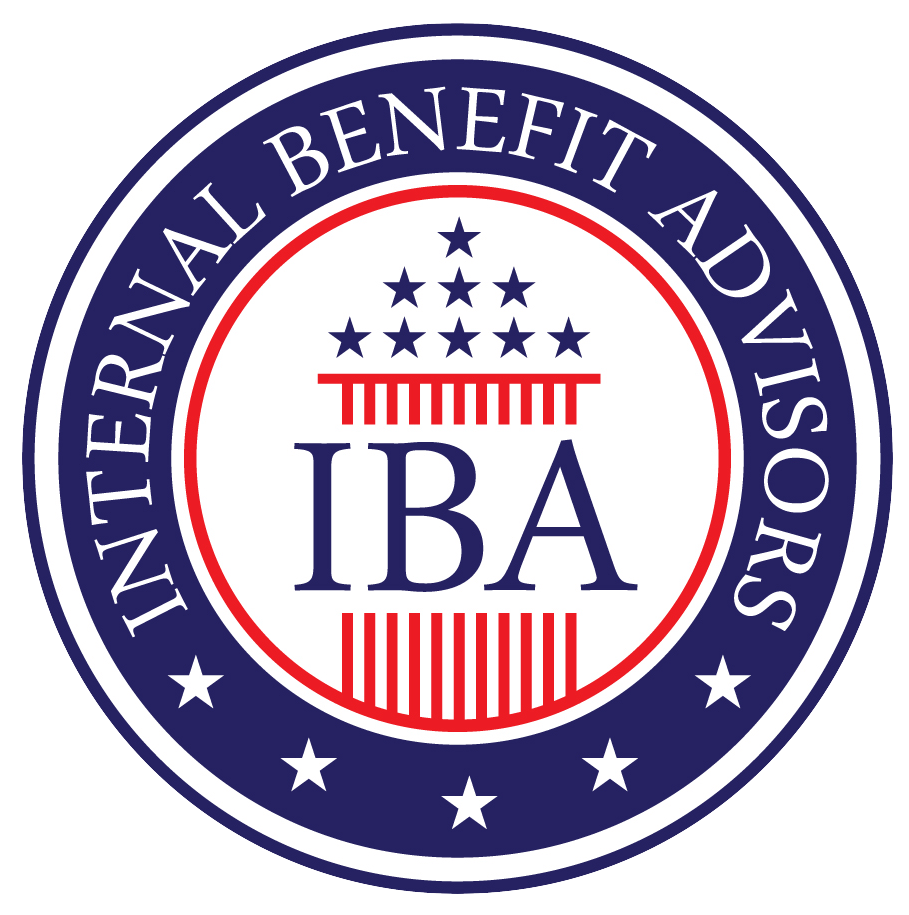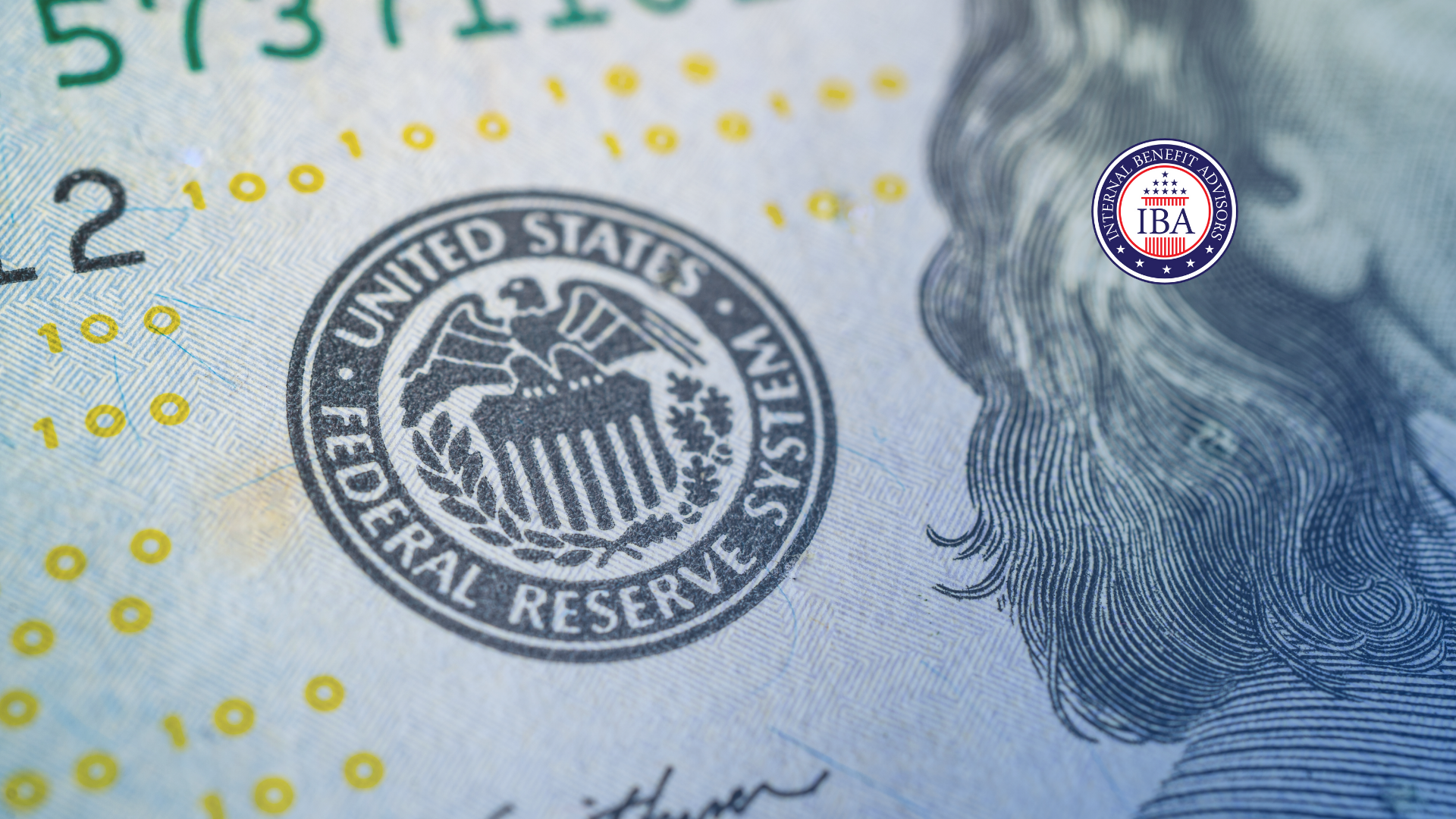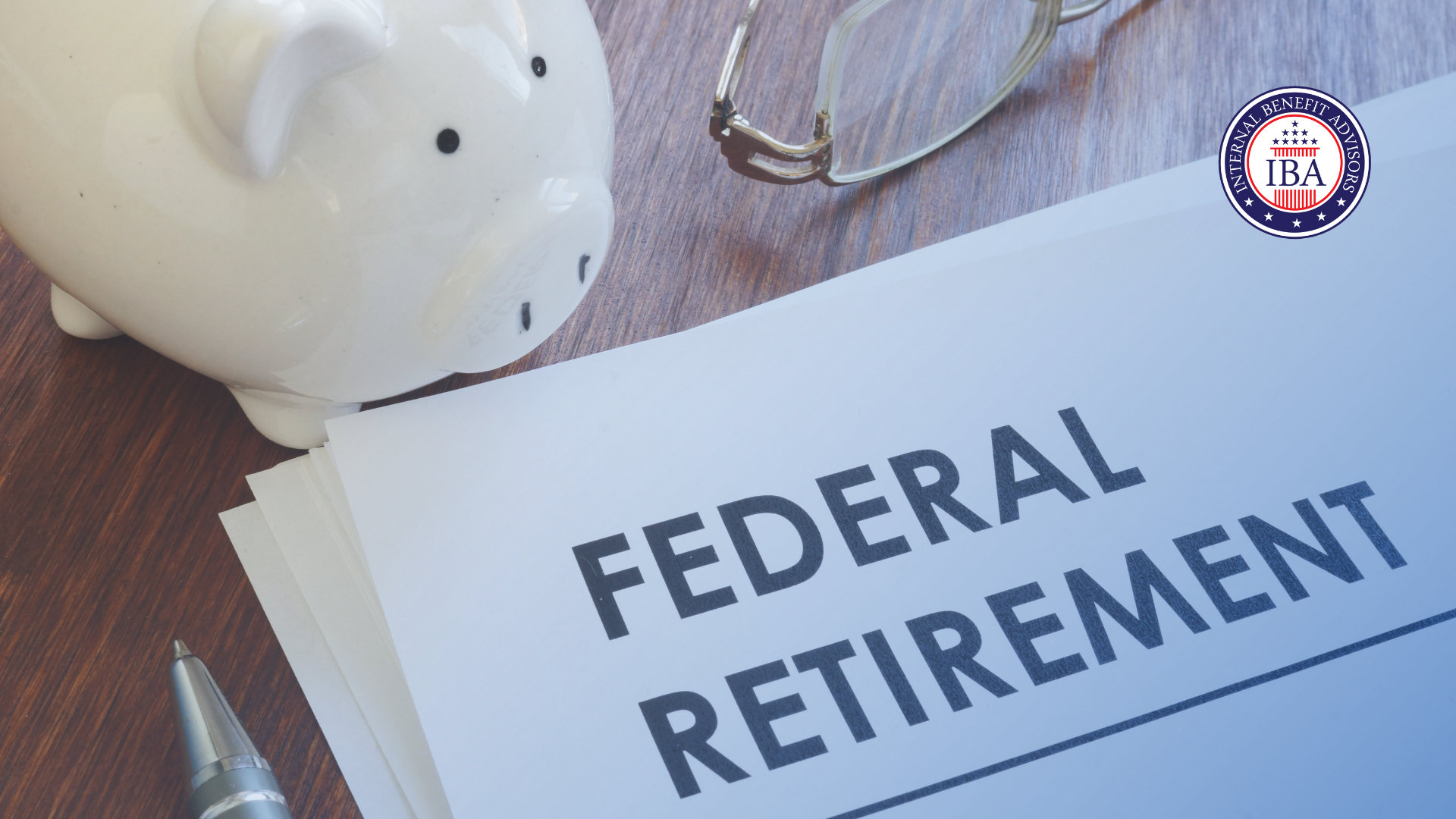The IRS has issued a reminder of changes to law enacted in late 2019 and early 2020. Affecting required minimum distributions, or RMDs, from retirement savings programs including the TSP. Key points include:
Retirement Savings Secure Act
* “The Setting Every Community Up for Retirement Enhancement (SECURE) Act changed the age. When individuals must begin taking withdrawals from their retirement savings accounts. Someone born on or before June. 30, 1949, was required to start getting RMDs for the year they reached the age of 70½. However, under the SECURE Act, if a person’s 70th birthday is July. 1, 2019, or later, they do not have to take their first RMD until the year they reach age 72.
* “The Coronavirus, Aid, Relief and Economic Security (CARES) Act waived RMDs during 2020 so seniors and retirees. And also including beneficiaries with inherited accounts, were not required to take money out of IRAs and workplace retirement plans. The waiver included RMDs for individuals who turned age 70� in 2019 and took their first RMD in 2020. Individuals who reached age 70½ before 2020 and were still employed. But terminated employment in 2020. They would normally have a 2020 RMD due by April. 1, 2021, from their workplace retirement plan. This RMD is also waived as part of the CARES Act relief.”
* “Individuals who reached 70½ in 2019 or earlier, did not have an RMD due for 2020. For 2021, they will have an RMD due by Dec. 31, 2021. Individuals who did not reach age 70½ in 2019 will reach age 72 in 2021. They will have their first RMD due by April. 1, 2022, and their second RMD due by Dec. 31, 2022. To avoid having both amounts included in their income for the same year. The taxpayer can make the first withdrawal by Dec. 31, 2021, instead of waiting until April 1, 2022. After the first year, all RMDs must be made by Dec. 31.”
Retirement Savings Care ACT
* “Though the April 1 deadline for taking the first RMD is mandatory for all owners of traditional IRAs. Participants in workplace retirement plans who are still working usually can wait until April if their plan allows. 1st, of the year after they retire to start receiving distributions from these plans. Individuals who reached age 70½ before 2020 and were still employed, but terminated employment in 2020. Would normally have a 2020 RMD due by April 1, 2021, from their workplace retirement plan. This RMD is also waived as part of the CARES Act relief.”
* “The CARES Act made it easier to access savings in IRAs. And also workplace retirement plans for those affected by the coronavirus. This relief provided favorable tax treatment for certain withdrawals from retirement plans and IRAs, including expanded loan options. Certain distributions made from Jan. 1, 2020, through Dec. 30, 2020, from IRAs or workplace retirement plans to qualified distributions may be treated as coronavirus-related distributions. These distributions are not subject to the 10% additional tax on early distributions. Taxes on coronavirus-related distributions are includible in taxable income. Over a three-year period, one-third each year, or if elected, in the year you take the distribution. Coronavirus-related distributions may be repaid to an IRA or workplace retirement plan within three years.”
Avoid Paying Taxes ( Retirement Savings )
* “An IRA owner. Or beneficiary who received an RMD in 2020 had the option of returning it to their account. Also, have other qualified plans to avoid paying taxes on that distribution. RMDs in 2020 that was not rolled over or repaid may be eligible to be treated as coronavirus-related distributions. If the individual is qualified. A 2020 RMD that otherwise qualifies as a coronavirus-related distribution. Maybe repaid over a 3-year period or have the taxes due on the distribution spread over three years.”
To see the full article published on Fed Week, click here.



